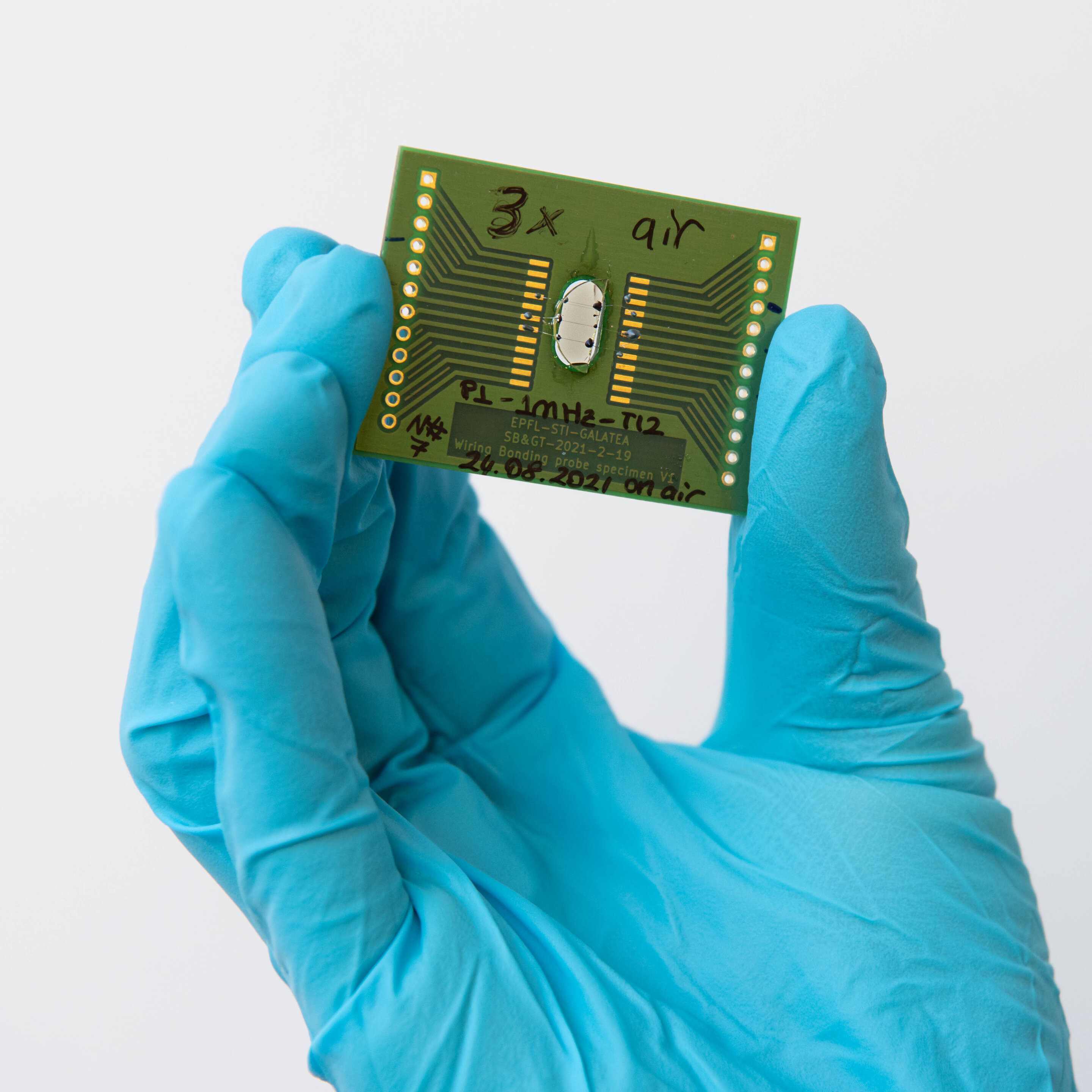When tellurite glass is exposed to femtosecond laser light, it undergoes a remarkable transformation. Gözden Torun of the Galatea Lab at Ecole Polytechnique Federale de Lausanne, in collaboration with Tokyo Tech scientists, made a groundbreaking discovery that could revolutionize the way we use windows. Their findings, published in Physical Review Applied, suggest that windows could one day serve as light-harvesting and sensing devices made from a single material.
The semiconducting properties of tellurium led the researchers to explore the possibility of creating durable patterns on tellurite glass surfaces that could generate electricity when exposed to light. The team, led by Yves Bellouard of EPFL’s Galatea Laboratory, found that this was indeed possible using only tellurite glass and a femtosecond laser. No additional materials were required.
By leveraging their expertise in femtosecond laser technology, the EPFL team was able to modify the tellurite glass provided by their colleagues at Tokyo Tech. Gözden Torun’s experiments revealed that a simple line pattern on a 1 cm diameter tellurite glass surface could reliably generate a current when exposed to UV light and the visible spectrum, and this effect persisted for months.
Yves Bellouard expressed his excitement about the discovery, stating, “It’s fantastic, we’re locally turning glass into a semiconductor using light. We’re essentially transforming materials into something else, perhaps approaching the dream of the alchemist.”
2024-01-26 23:41:03
Link from phys.org


















